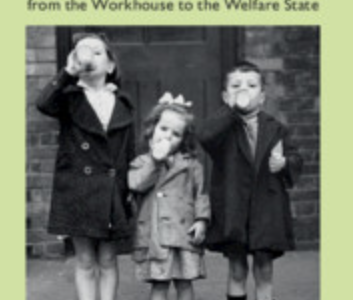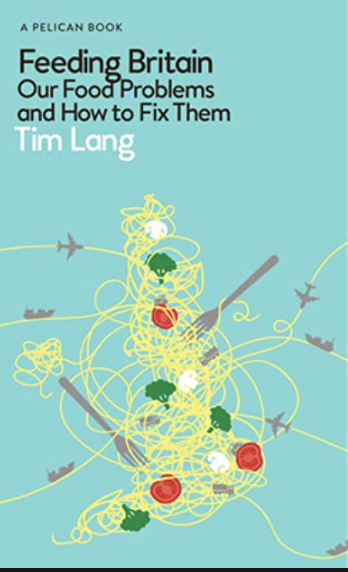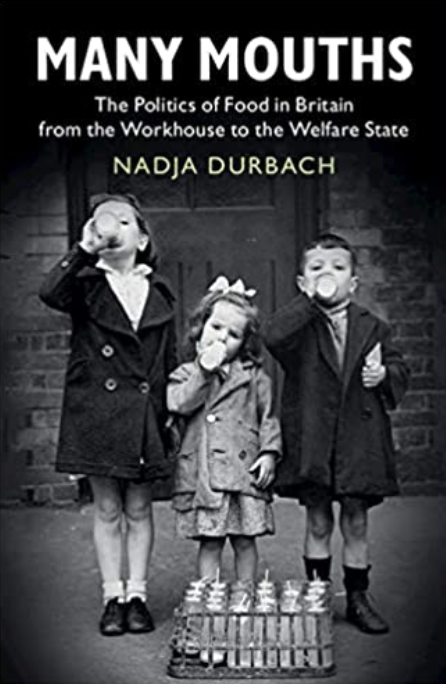
Our Fragmented food culture

Our food culture is fragmented, a mix of mass “ultra Processed” foods ( high in salt, sugar and fat) the effect of Europeanisation as pizza is children’s favourite food and wee also eat the world’s cuisines, as UK got wealthier, allowing aspirations and tastes to flower.
Industrial and post-industrial societies have moved away from communities that fed themselves to communities fed by external supply chain, with members of the communities seems to have less control.
In 1950s, 80 per cent of Britons were living in the cities far away from any farm and 2030 that figure could rise above 90 per cent.
Even before the advent of coronavirus pandemic, several academics have long argued that that we need to overhaul the way we approach the vital business of how we fed ourselves.
Tim Lang who heads the food policy at City University London, lays out urgent issues , that Britain does not produce enough food to feed itself.
Lang, an ex-social psychologist before turning into a hill farmer in the 1970s, explains why and how this country’s food system – the complex chain from producer to consumer, formed of societal, political and economic relations – has become fragile.
The potential vulnerabilities of our food provisioning were one of the scenarios for a no-deal Brexit. The UK grows little over half of the food it needs., the food trade gap was £24bn in red in 2017, and the only area of surplus is in drinks due to Whisky exports.
Britain still dine out a post-imperial fantasy, when we depend on our colonies to feed us, and when we had a navy capable of supporting shipments that came from those colonies.
In the aftermath of World War II Britain’s imported food supplies had to protected at great risk by military convoys.
Financialisation of national assets had led to increased foreign ownership of critical parts of the food supply chain such as ports.
As `Lang puts it, “Leave it to Tesco et al.” Big brands pile it high and sell it cheap, which many of us the most important metric of value.
Lang explains the demand for cheaper food, came as a result of rocketing property values squeezing out disposable income. “Food prices ought to rise to give fair rates of return to producers while delivering good quality diet to prevent ill health” Lang writes.
Feeding Britain: Our Food Problems and How Fix Them by Tim Lang, Pelican £25, 608 pages.

Nadja Durbach, a professor of history at the University of Utah, in her latest book Many Mouths, examines some of the origins of our current food system and how embedded the attitudes to food and of who is deserving of feeding have shaped policy from th 19thCentury to the present day.
Durbach set out the material and symbolic importance of governmental feeding programmes from the 1830s to the 1960s- if the inamtes of the Victorian workhouses should be allowed to eat roast beef on public holidays to the distribution of orange juice to the children by the welfare state.
The 19thCentury workhouse of the 1830s, seem very different from “British Restaurants“ as Winston Churchill called them established during the Second World War to provide nourishing meals for a population under threat as the government had taken responsibility for feeding citizens.
Durbach follows food policies from their conception to their implementation through case studies involving paupers, prisoners, famine victims, POWs, schoolchildren, wartime civilians and pregnant woman.
Many Mouths : The Politics of Food in Britain from the Workhouse to the Welfare State by Nadja Durbach, Cambridge University Press, £34.99, 363 pages.
